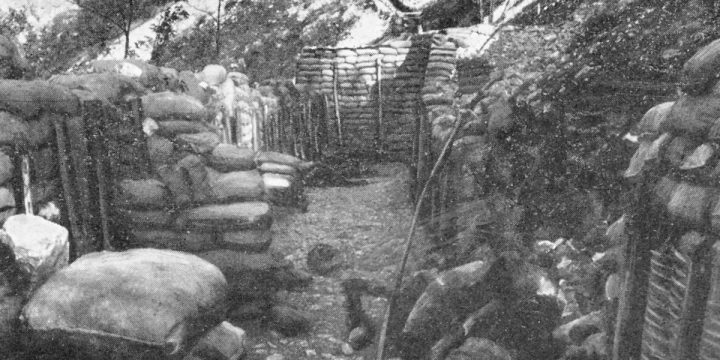
He was well aware that the river was prone to flooding-and indeed there were record rainfalls during 1914–1918.įurther, when attacking further north the Italian army was faced with something of a dilemma: in order to cross the Isonzo safely it needed to neutralise the Austro-Hungarian defenders on the mountains above, yet to neutralise these forces the Italian forces needed first to cross the river-an obstacle that the Italians never succeeded in overcoming. However he also believed that the Italian army could strike further north and bypass the mountains on either side of the river so as to come at the Austro-Hungarian forces from the rear.Ĭadorna had not expected operations in the Isonzo sector to be easy. Italian Chief of Staff Luigi Cadorna judged that Italian gains (from Gorizia to Trieste) were most feasible at the coastal plain east of the lower end of the Soča (Isonzo).

The Austro-Hungarians had fortified the mountains ahead of the Italians' entry into the war on. With the rest of the mountainous 400-mile length of the Front being almost everywhere dominated by Austro-Hungarian forces, the Soča (Isonzo) was the only practical area for Italian military operations during the war. Italian troops did not reach the port of Trieste, the Italian General Luigi Cadorna's initial target, until after the Armistice. The corridor is also known as the "Ljubljana Gate".īy the autumn of 1915 one mile had been won by Italian troops, and by October 1917 a few Austro-Hungarian mountains and some square miles of land had changed hands several times. The sixty-mile long Soča River at the time ran entirely inside Austria-Hungary in parallel to the border with Italy, from the Vršič and Predil passes in the Julian Alps to the Adriatic Sea, widening dramatically a few kilometers north of Gorizia, thus opening a narrow corridor between Northern Italy and Central Europe, which goes through the Vipava Valley and the relatively low north-eastern edge of the Karst Plateau to Inner Carniola and Ljubljana. Remains of Kluže, an Austro-Hungarian fortification between Bovec and Log pod Mangrtom Īs a result, the Austro-Hungarians were forced to move some of their forces from the Eastern Front and a war in the mountains around the Isonzo River began.

The area between the northernmost part of the Adriatic Sea and the sources of the Isonzo River thus became the scene of twelve successive battles. Italian commander Luigi Cadorna, a staunch proponent of the frontal assault who claimed the Western Front proved the ineffectiveness of machine guns, initially planned breaking onto the Slovenian plateau, taking Ljubljana and threatening Vienna. In April 1915, in the secret Treaty of London, Italy was promised by the Allies some of the territories of Austro-Hungarian Empire which were mainly inhabited by ethnic Slovenes and Austrian Germans.


 0 kommentar(er)
0 kommentar(er)
